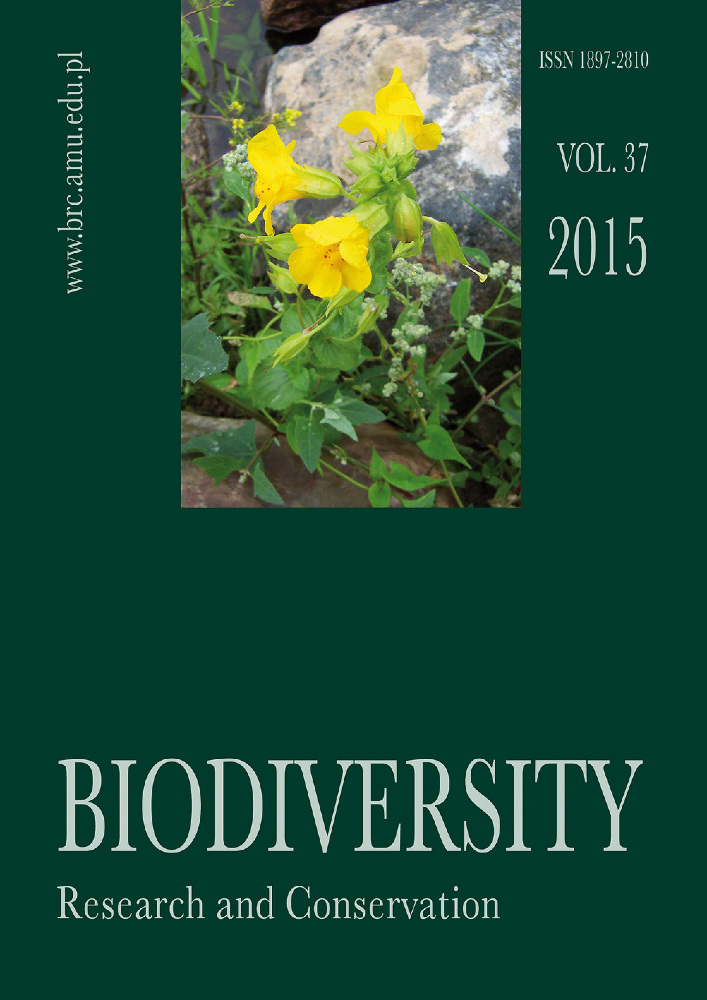Abstract
The Polish Carpathians and their northern foreland are a rewarding object for the kenophyte distribution research. The study, using the cartogram method, showed that the number of kenophyte species decreases with increasing altitude. Only few kenophytes were found in the lower forest zone. This regularity concerns also the species that reach higher altitudes in the mountains of their native lands. A number of species migrated into the Carpathians through rivers and streams. River valleys generate many open habitats, which are easily colonized by kenophytes due to the lack of competition. In the Carpathians, towns used to be founded in the mountain valleys and this was also a favouring factor of kenophyte propagation. The arrangement of mountain ranges in the Polish Carpathians, including their foreland, hindered the migration of some species and allowed to discover the possible migration routes into the area covered by research. Tracing these migration routes was possible only for those species that have not occupied the whole available area yet. Additionally, the study indicated the most dangerous invasive species in the Polish Carpathians and their foreland.
References
Kornaś J. & Medwecka-Kornaś A. 2002. Geografia roślin. 634 pp. Wyd. Naukowe, PWN Warszawa.
Mirek Z., Piękoś-Mirkowa H., Zając A. & Zając M. 2002. Flowering plants and pteridophytes of Poland. A checklist. In: Z. Mirek (ed.). Biodiversity of Poland, 1, 442 pp. W. Szafer Institute of Botany, Polish Academy of Sciences, Kraków.
Tokarska-Guzik B. 2005. The Establishment and Spread of Alien Plant Species (Kenophytes) in the Flora of Poland. Prace naukowe Uniw. Śląskiego w Katowicach 2372: 1-192.
Tokarska-Guzik B., Dajdok Z., Zając M., Zając A., Urbisz A., Danielewicz W. & Hołdyński Cz. 2012. Rośliny obcego pochodzenia w Polsce ze szczególnym uwzględnieniem gatunków inwazyjnych. 196 pp. Generalna Dyrekcja Ochrony Przyrody, Warszawa.
Zając A. 1978. Założenia metodyczne “Atlasu rozmieszczenia roślin naczyniowych w Polsce”. Wiad. Bot. 22(3): 145-155.
Zając A., Tokarsk-Guzik B. & Zając M. 2011. The role of riversand streams in the migration of alien plants into the Polish Carpathians. Biodiv. Res. Conserv. 23: 43-56.




